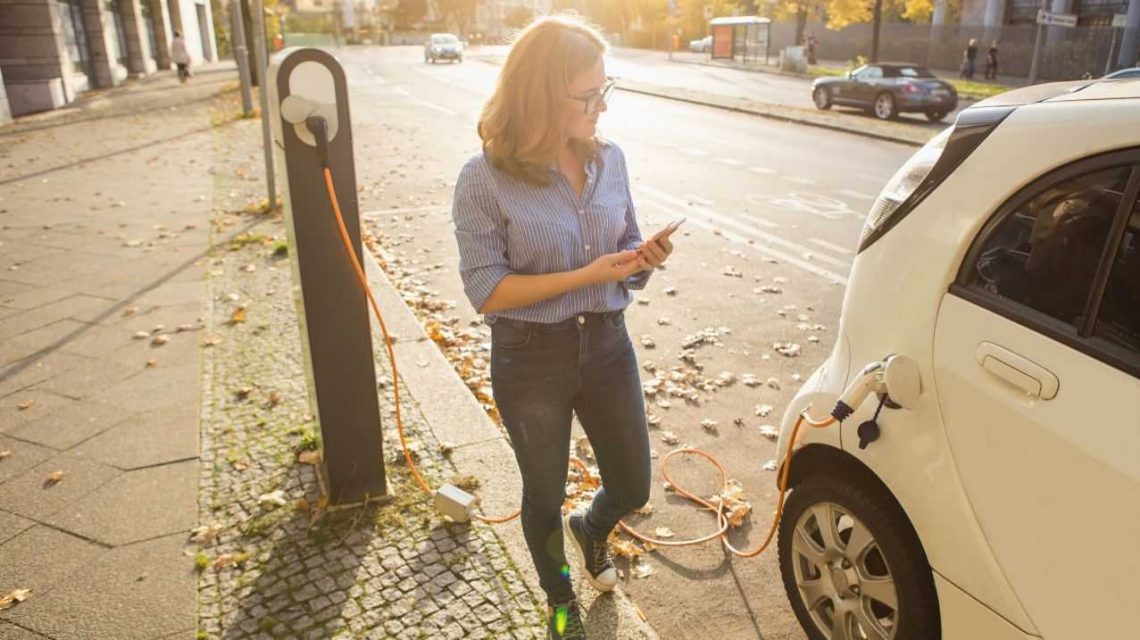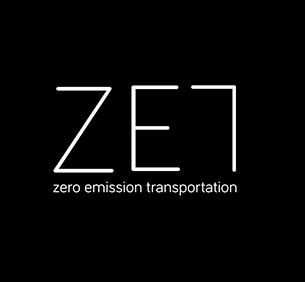Explaining the concepts of energy management, flexible charging and priority charging

Within the GreenCharge project, you hear a lot of jargon related to sustainable mobility and electric vehicles (EVs). In this article we explain three of those concepts: energy management, flexible charging and priority charging.
Energy management
In one of the previous articles we already explained what smart charging is. Energy management is similar to smart charging, but instead of only looking at charging we look at the total energy picture. It includes planning and operation of energy production (supply) as well as energy consumption (demand). Within this scope, the available energy is used as effectively as possible.
Demand follows supply
In the future, demand will follow supply. Thus, we do not have an X-amount of demand that will be the amount that we need to produce. But, we can produce an X-amount of energy and that is the amount that can be used. When the energy demand is higher than the amount of energy produced, certain loads (consumption) need to be postponed or taken from temporary storage.
As an example we can look at ‘vehicle-to-grid’ (V2G) systems. When there is a peak in energy demand but not enough energy is produced, it can be taken from the EV’s batteries and returned to the local grid. This way, V2G systems will work as a buffer for the energy grid, in harmony with the smart charging principles. This ensures the possible continued use of the EVs.
Flexible and priority charging
Flexible and priority charging relate to one functionality for the end-user. It works like a sliding scale with a higher price for priority charging booking and a lower price for flexible charging. In this way, EV users that offer more flexibility are rewarded. The charging price depends on demand for energy by electric vehicles and available energy supply from both (local) renewable energy and network operators and distributors TSO/DSO at the time.
Example of flexible charging
With flexible charging you are offering flexibility in energy demand options to the consumers.
The owner of an electric car can manage the charging level that his battery needs to be ready for the next day. He can program to charge up to 70% when he doesn’t need a fully charged battery. Or that the car does not need to be charged by 8AM, but needs to be ready at 10AM. By doing so, consumers offer flexibility to the charging system. Now the system can better anticipate sudden peaks in demand due to e.g. priority charging requests (see below). This way the need for electricity grid investments is reduced.
To make this system work, it is important from a user perspective to directly see the consequences offering flexibility will have for them and the benefits they will get. This understanding is best achieved by direct insights (e.g. by means of a phone app). Rather than seeing it indirectly in the numbers on a bill at the end of the month. Thus users should be able to see the difference in price when they charge their car. And the benefit they get when they decide to charge at non-peak time or less than full.
Example of priority charging
With priority charging you are also giving options to the consumers, in the form of system flexibility.
A user comes home after work at 6PM with an almost empty car battery. But he needs to leave again at 9PM and needs to travel for two hours. In this situation, he wants the battery to be as full as possible. However, at 6PM energy consumption is high, because a lot of people come home and turn on household devices. As energy supplier you want to offer a priority charging option in the software. With this option, the car will be placed first in line of charging or it will get a higher load speed than the default option. This will be against a higher rate than the default or flexible charging rate, as the user takes away flexibility from the system.
Also in this case it is important for the user to directly see the consequences of choosing priority charging. Thus the prices for using priority booking should be known beforehand and clearly visible when choosing this option.
What is GreenCharge working on?
The concepts of flexible and priority charging as described above are researched and piloted in the Green Charge project at the moment. With the GreenCharge project we are taking important steps to achieving a zero emission transport system based on electric vehicles running on green energy. We have set up pilots in Barcelona, Bremen and Oslo where we are testing and fine tuning these concepts in different demonstrators, designing new business models and preparing these technical and business model innovations for scaling up and market uptake.
Want to read more? We also have an article on how to make electric driving a success.
Do you want to stay up to date?
Then subscribe to our newsletter! Twice a year we will send you an update on everything that GreenCharge is doing. You can also follow us on Twitter and LinkedIn.
This article is based on an interview with Lasse Castenmiller, Master student from the Eindhoven University of Technology. He studies Sustainable Energy Technology. He has worked on Work Package 3 for GreenCharge. Here the focus lies on business model design and prototyping. From August until December 2019 it was his job to develop a method for testing and evaluating the business models for GreenCharge.
Newsletter
Subscribe now to receive the GreenCharge newsletters in your email with latest news about the project and the forthcoming events.





















